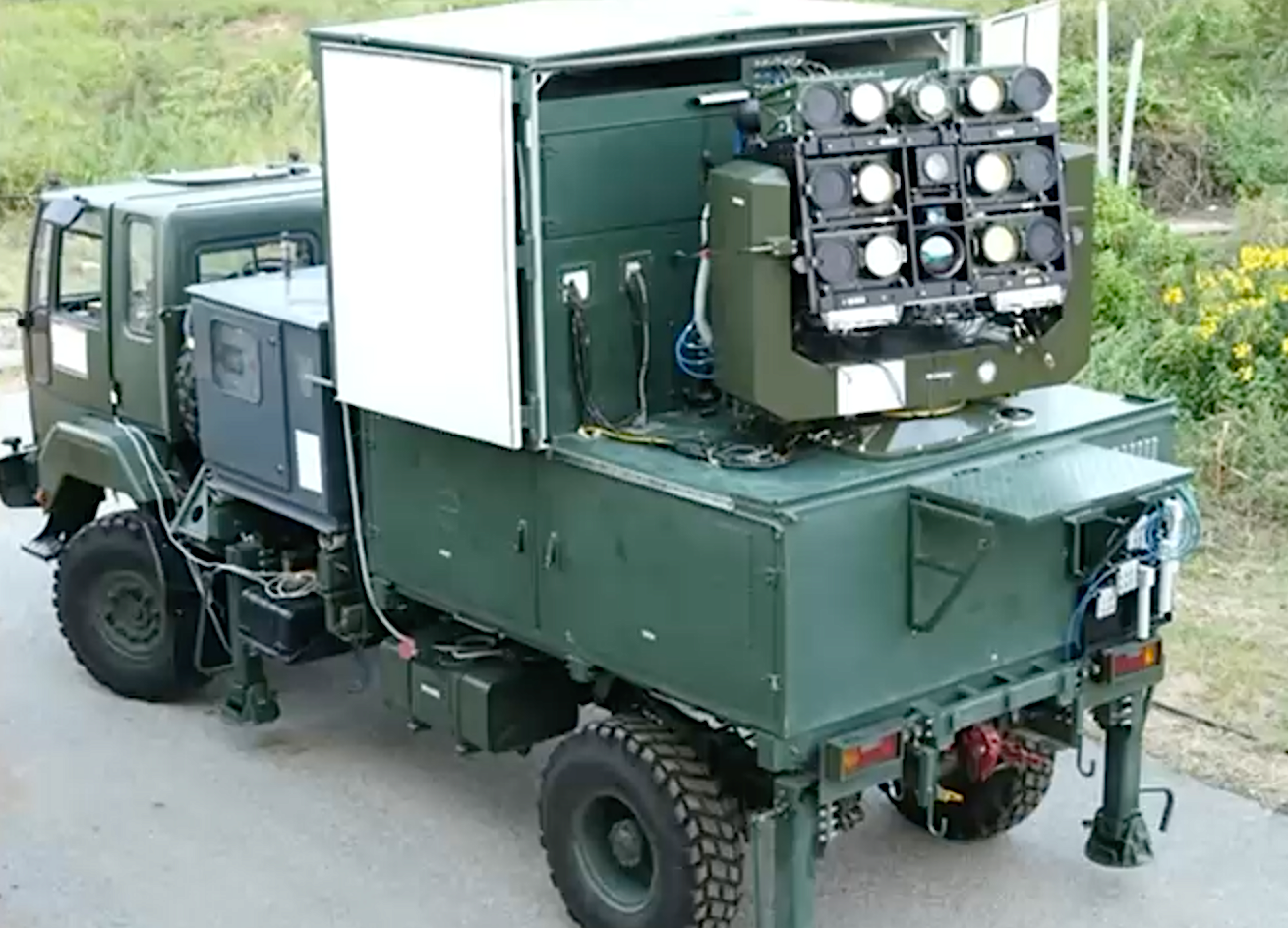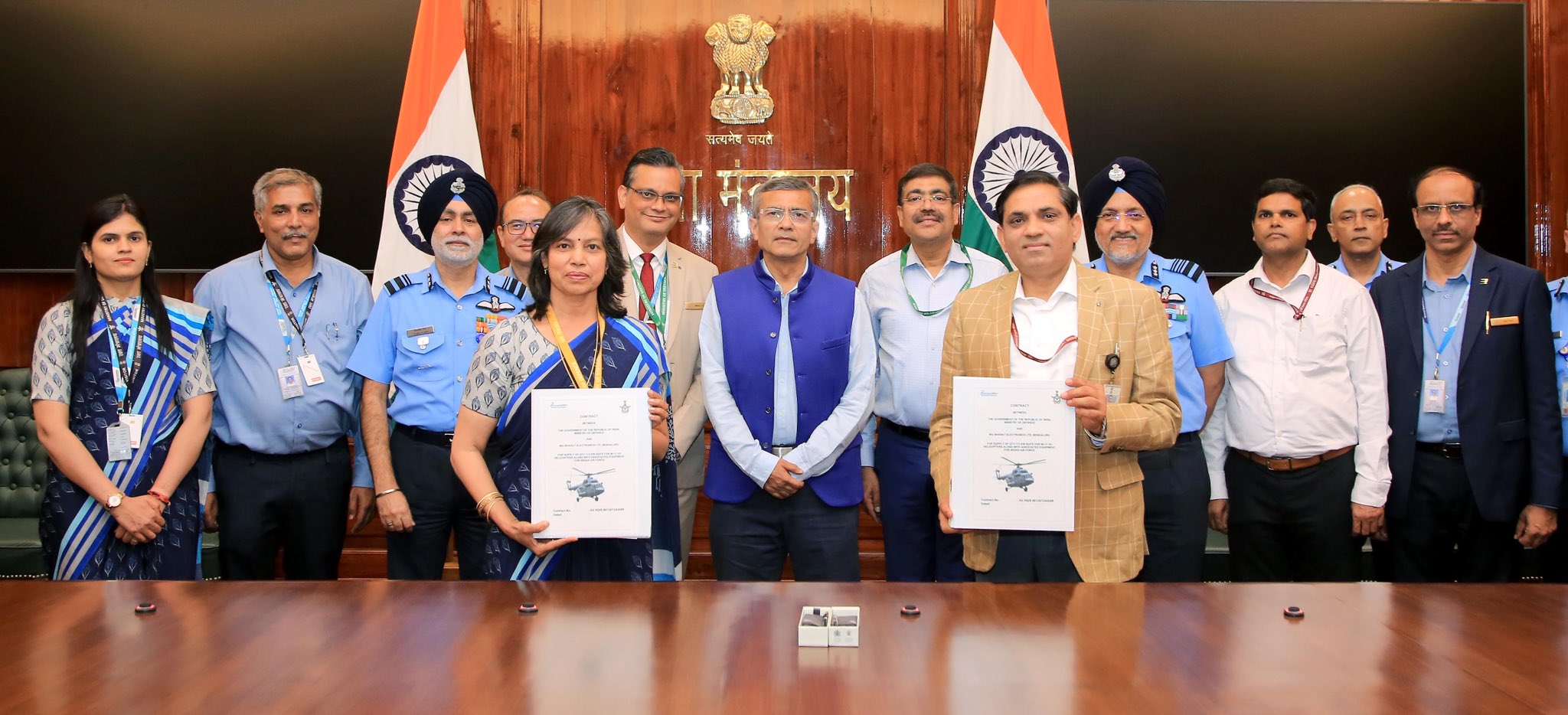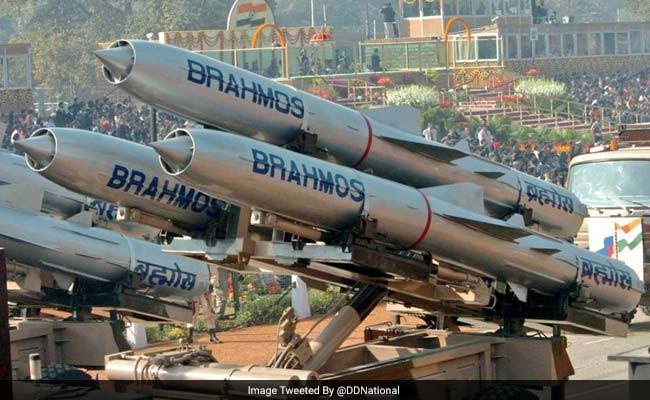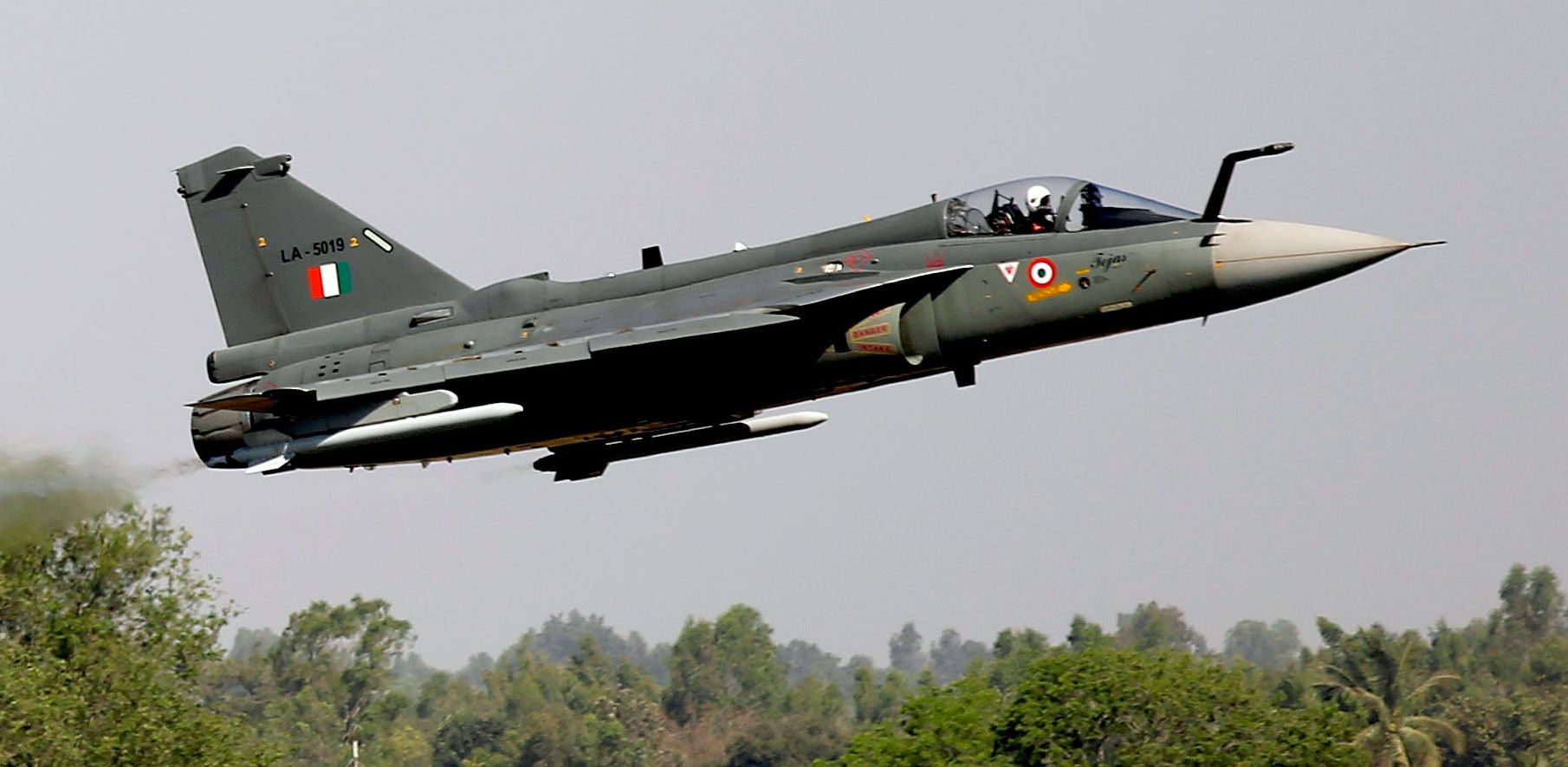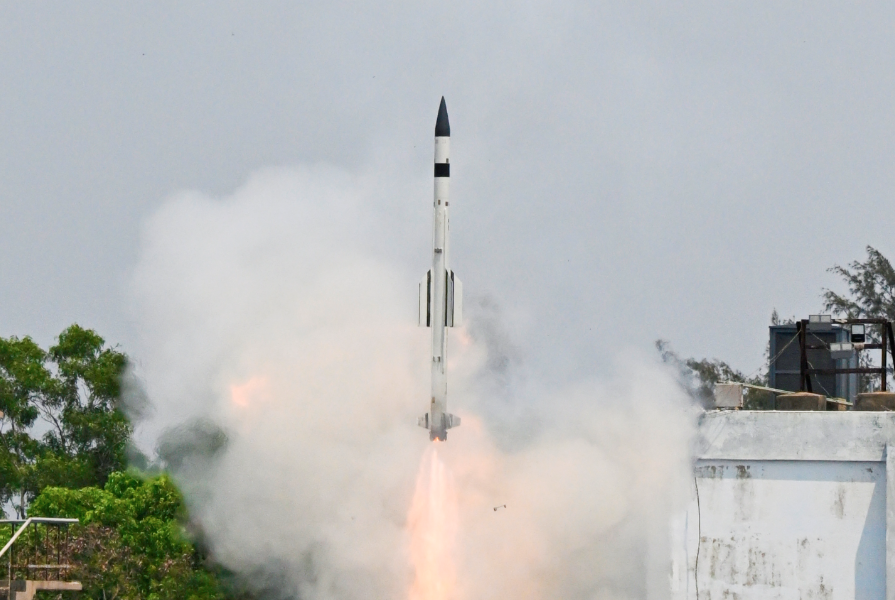 File photo of a Pinaka multi-barrel rocket system being test-fired in December 2021.
File photo of a Pinaka multi-barrel rocket system being test-fired in December 2021.
New Delhi: The Defence Research and Development Organization (DRDO) carried out a successful test-firing of the guided Pinaka multi-barrel rocket system with an enhanced operational range of 75 kilometres on Thursday. This significant milestone was achieved as part of the provisional staff qualitative requirements (PSQR) validation trials, which assessed the system’s accuracy, consistency, and rate of fire for multiple target engagements in a salvo mode.
The flight-tests were conducted in three phases across various field firing ranges. During these trials, twelve rockets were launched from two upgraded in-service Pinaka launchers, which showcased the system’s capability to deliver precision strikes.
The DRDO is also exploring extending the strike range of the Pinaka weapon system to 100-125 kilometres.
The Pinaka system, named after Lord Shiva’s bow, was first deployed during the Kargil War in 1999 and has since evolved into a critical component of India’s artillery capabilities.
The defence minister, Rajnath Singh, praised the DRDO for this achievement. He emphasized that the induction of the guided Pinaka will significantly bolster the firepower of the Indian Army. The system’s development aligns with India’s “Make in India” initiative, which aims to enhance indigenous defence manufacturing and reduce reliance on foreign weapons systems.
The Pinaka rocket system is designed to replace the older Soviet-era Grad BM-21 rocket system. The Pinaka system can deliver a variety of munitions and is expected to play a central role in India’s long-range artillery strategy as further enhancements are planned for its range and effectiveness.
The Army requires 22 regiments of Pinaka multi-barrel rocket launch systems, with automated gun-aiming and positioning systems along with command posts. Each regiment has three batteries of six Pinaka launchers with each launcher capable of launching 12 rockets with a range of 40 km in a space of 44 seconds.
Currently the Army has four fully operational regiments of the system.
In 2018, the defence minister-headed Defence Acquisition Council approved six additional Pinaka regiments. Contracts were signed in 2020 with BEML, Tata Power, and L&T to supply the new regiments at a cost of ₹2,580 crore.
Although the plan was to have all six new regiments operational by 2024, so far only two have been raised. Once complete, the Pinaka system will consist of a total of 114 launchers, 45 command posts, and 330 vehicles.
Countries Eyeing Procurement of Pinaka
The successful test-firing of the guided Pinaka rocket system has sparked interest from several countries looking to enhance their military capabilities. Notably, France and Armenia have emerged as potential buyers. As India Sentinels had reported earlier, Armenia has already placed an order for the system becoming the first international customer for Pinaka. So far, India has supplied four Pinaka batteries worth ₹2,000 crore to Armenia amid its ongoing conflict with Azerbaijan.
France is reportedly in advanced discussions to procure the Pinaka system as well. French military officials have expressed interest in evaluating the rocket launcher to strengthen their artillery capabilities. The French army is particularly drawn to the Pinaka’s ability to strike targets at extended ranges with precision, which makes it a compelling alternative to existing systems like the United States’ HIMARS (high-mobility artillery rocket system).
In addition to France and Armenia, other nations, like Indonesia and Nigeria, are also considering the acquisition of the Pinaka rocket system. Vietnam and several Gulf countries are considered potential buyers.
The versatility and effectiveness demonstrated during recent tests have positioned India as a key player in the global arms market. Countries looking to modernize their military arsenals are increasingly eyeing India's indigenous defence technologies.
New Delhi has been proactive in promoting defence exports. This strategic push not only enhances the country’s standing as a defence manufacturer but also fosters international partnerships through arms sales, which may potentially lead to collaborative defence projects in the future.



